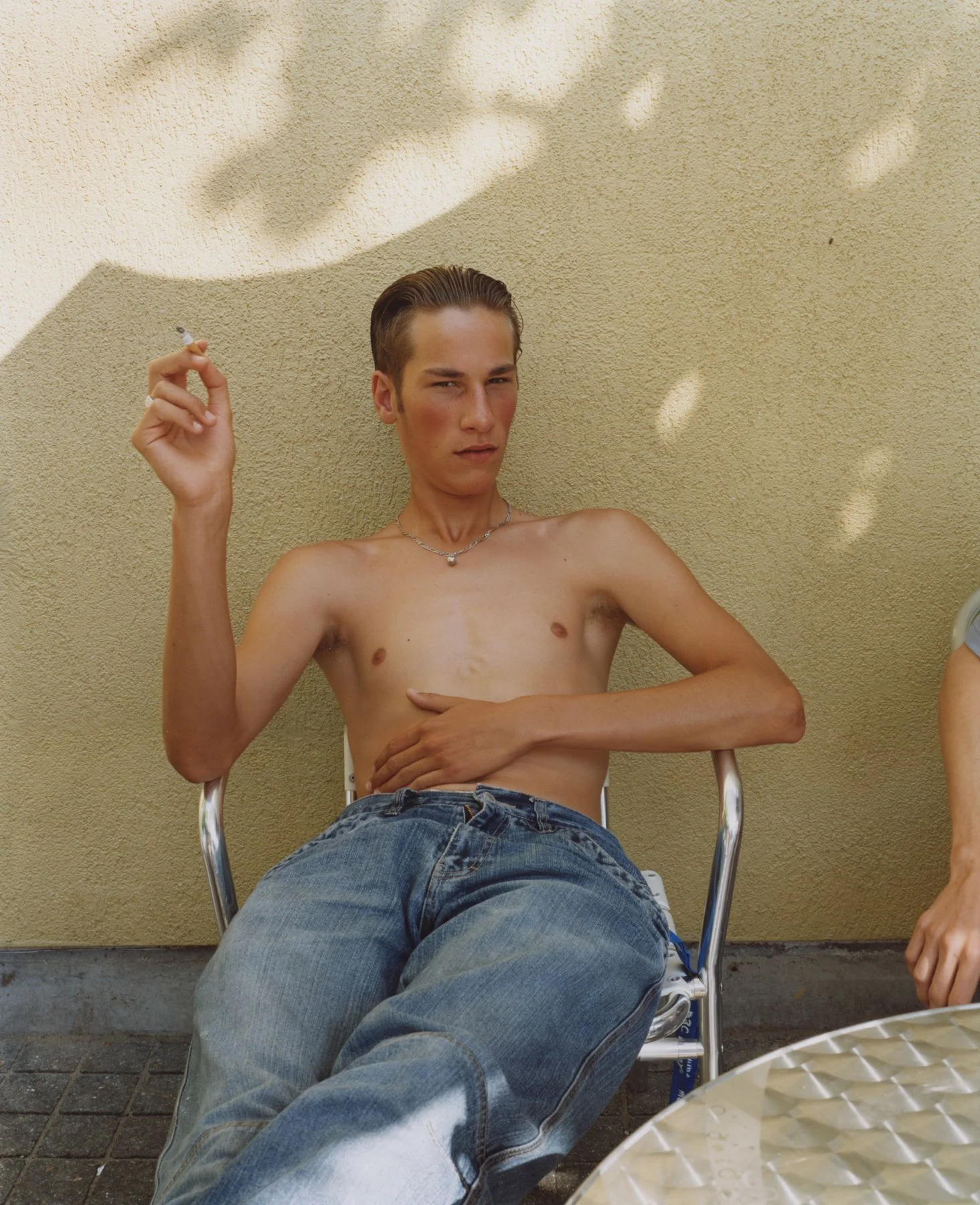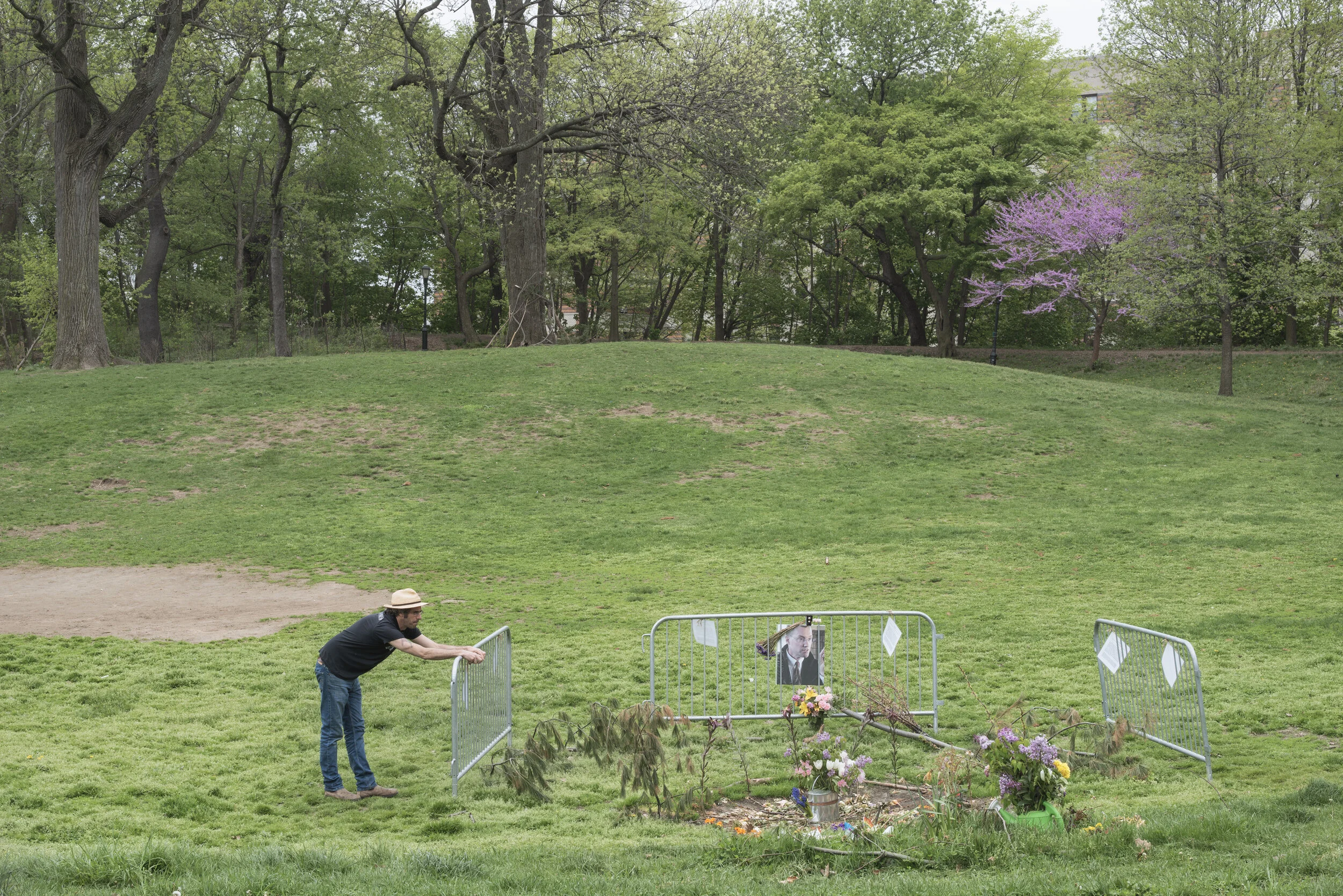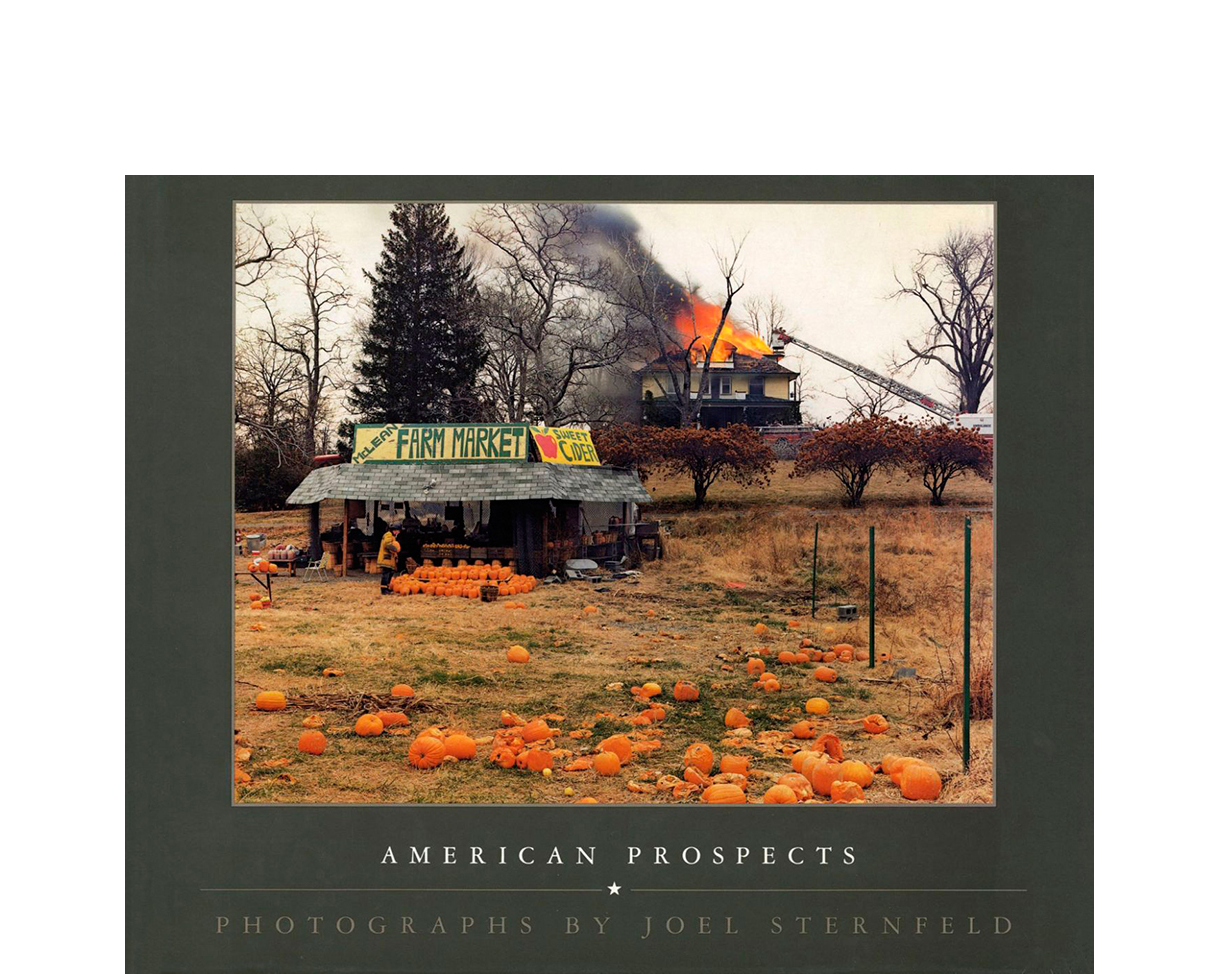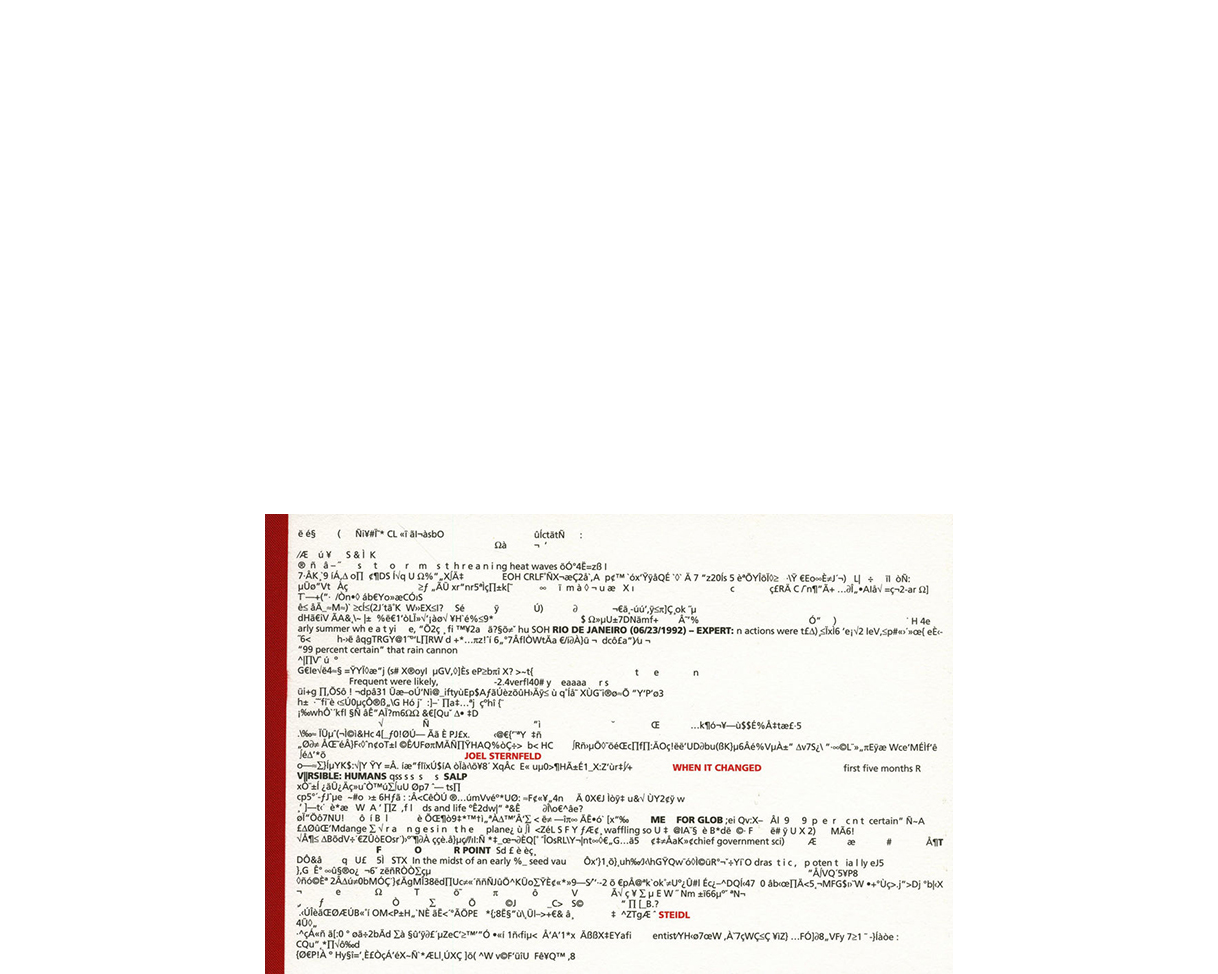Casa Diablo: Infamous Vegan House of Sin, 2839 NW St. Helens Rd, Portland, Oregon
Casa Diablo: Infamous Vegan House of Sin, 2839 NW St. Helens Rd, Portland, Oregon
Founded in 2008 by Johnny Zukle (AKA Johnny Diablo), this club only serves vegan food and requires it’s exotic dancers to wear vegan garb. (Fur, feathers, and wool are not permitted.) Reflecting its owner’s beliefs, the club considers itself a point of advocacy for veganism.
Vegetarianism has historically been associated with feminism. Writing in 1990 in “The Sexual Politics of Meat: A Feminist-vegetarian Critical Theory” Carol J Adams recalls that the suffragette Susan B. Anthony attended a banquet in 1853 at which the guests toasted “Total Abstinence, Women’s Rights, and Vegetarianism.”
Jesella, Kara, The Carrot Some Vegans Deplore, The New York Times, 27 March, 2008.
http://www.nytimes.com/2008/03/27/fashion/27vegan.html?_r=0
Jesella notes that animal rights organizations such as PETA have historically used naked bodies and sex in marketing their campaigns to the public. She quotes PETA President Ingrid Newkirk as saying, “Sexuality is what society will turn its head for more than anything else… We try to reach everybody in different ways.” In reference to Casa Diablo, Jesella echos Newkirk’s sentiments “In a culture where hamburgers and steak are considered emblems of masculinity… introducing veganism to them at a strip club makes the notion more, well, palatable.”
Jesella also makes a strong case for the connection between vegetarianism and the feminist movement. She quotes Carol J Adams, author of “The Sexual Politics of Meat” as saying, “Back in the ’70s, lots of women were saying, ‘I don’t want to be a piece of meat. I’m not going to eat a piece of meat.’”
Rose, Steve, Carolee Schneemann: ‘I never thought I was shocking,’ The Guardian, 10 March, 2014.
https://www.theguardian.com/artanddesign/2014/mar/10/carole-schneemann-naked-art-performance
In 1964, artist Carolee Schneeman debuted a performance piece called “Meat Joy” in Paris. The performance consisted of a group of four men and four women, clad only in their underwear, carrying out a series of choreographed actions to music. The piece concluded with the group “writhing on the floor in a heap, covered in paint and scraps of paper, cavorting with raw sausages, chicken and fish.” In his article Rose recounts that one spectator became so affected by the piece that he “leapt in and tried to strangle Schneemann.”
Schneemann once wrote of her experience as a female artist in a male dominated art world like being the “cunt mascot on the men’s art team.”
Schneemann often used her naked body as the centerpiece of her performance art. In describing a piece from 1963, Schneemann said, “The female nude is part of a revered tradition, although she is not to take authority over depictions of her nudity. She is just to be available.”
Oates, Joyce Carol, A Riddle Wrapped in a Mystery Inside an Enigma, The New Yorker, 12 December 1994.
Poet and novelist Joyce Carol Oates writes of prolific serial killer and necrophile Jeffery Dahmer in The New Yorker “What is less known, or acknowledged, is the odd, disturbing, yet surely significant connection between extremes of psychopathic behavior and behavior considered ‘normal,’ if not enlightened. The Notorious fetishism of the serial killer, for instance, is simply heightening, to a point beyond parody, of the lover’s obsession with some aspect, or part of the beloved-”
Gates, Bill. Talking Meat with Michael Pollan, Gates Notes. March 18, 2013.
https://www.gatesnotes.com/About-Bill-Gates/Future-of-Food-Michael-Pollan-Q-and-A
When Asked why people should consider cutting meat out of their diets, Michael Pollan, author of The Omnivore’s Dilemma, answers “Three principal motivators: health, because we know high consumption of red meat correlates with higher chances of certain cancers; and the environment, because we know that conventional meat production is one of the biggest drivers of climate change, as well as water and pollution; and ethics, since the animal factories that produce most of our meat and milk are brutal places where animals suffer needlessly.”
Meat’s Large Water Footprint: Why Raising Livestock and Poultry of Meat is so Resource-Intensive, Foodtank,
https://foodtank.com/news/2013/12/why-meat-eats-resources/
The raising of livestock for consumption causes many threats to the world and its resources. One overwhelming example is the amount of water it takes to produce marketable meats. Just one pound of beef takes 1,799 gallons of water to produce and a pound of pork uses around 576 gallons. These numbers are not only surpassing, but also massive in comparison to the water used in vegetable production—soybeans use only 216 gallons, and corn uses 108 gallons.
Lean, Geoffrey Cow Emissions More Damaging to Planet than CO2 from Cars. December 10, 2006.
http://www.independent.co.uk/environment/climate-change/cow-emissions-more-damaging-to-planet-than-co2-from-cars-427843.html
The Food and Agricultural Organization put out a 400-page report titled Livestock’s Long Shadow, which detailed the extensive damage caused to the climate by the production of sheep, chickens, pigs, goats, and cattle. Cattle, in almost every case, was the cause of the most damage. The worlds cattle population, in 2006 , was about 1.5 billion.
It was also noted that livestock produces 18% of the world’s greenhouse gasses, as well as 100 other polluting gases, “including more than two0thirds of the world’s emissions of ammonia, one of the main causes of acid rain”. Deforestation is also a looming threat related to livestock production.
Oceans are even witnessing the wraith of cattle production, as pollutants from pesticides, antibiotics, and hormones drain into ocean runoffs and create “deadzones”, “One is up to 21,000sqkm, in the Gulf of Mexico, where much of the waste from US beef production is carried down the Mississippi.”














































